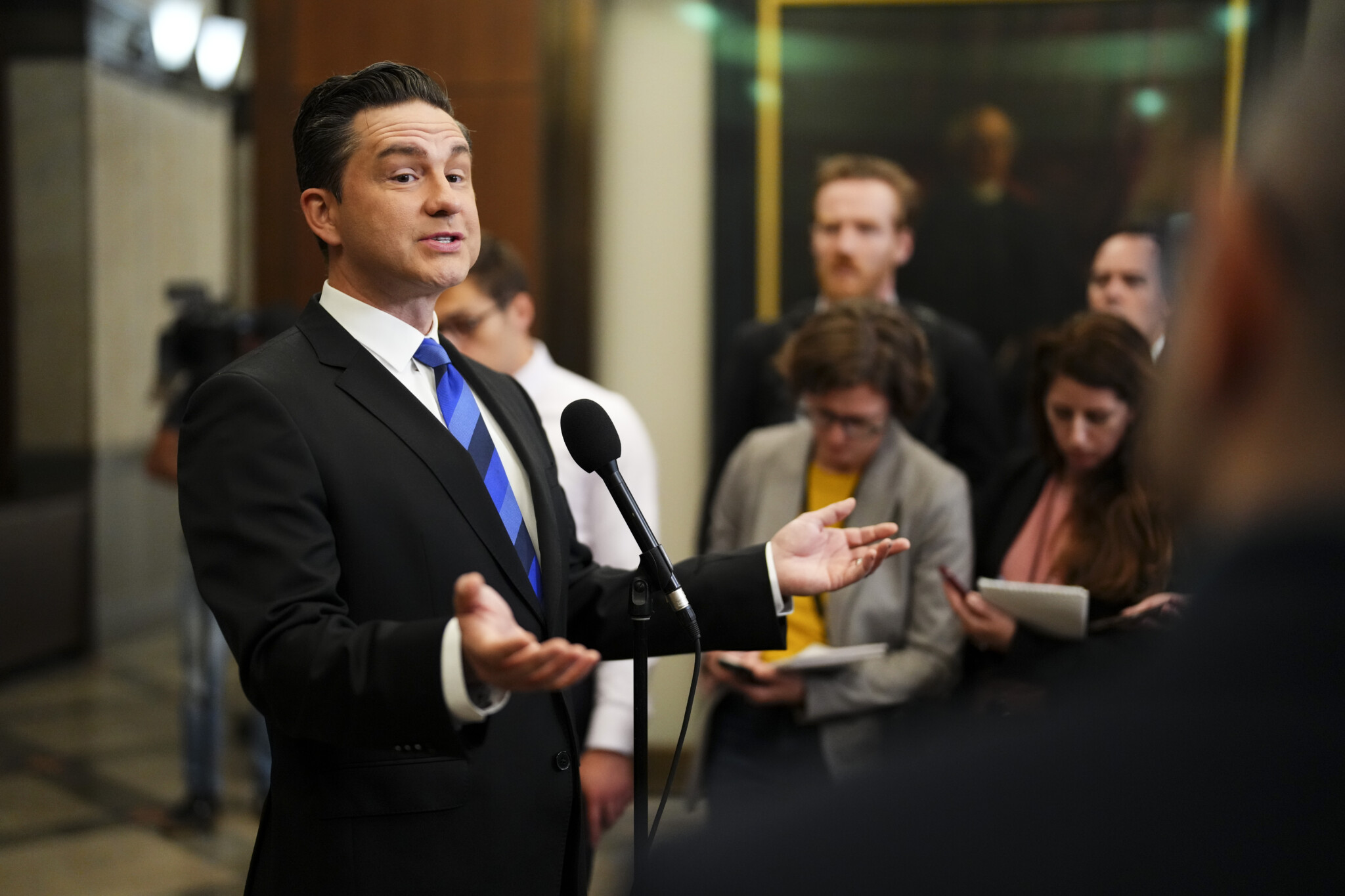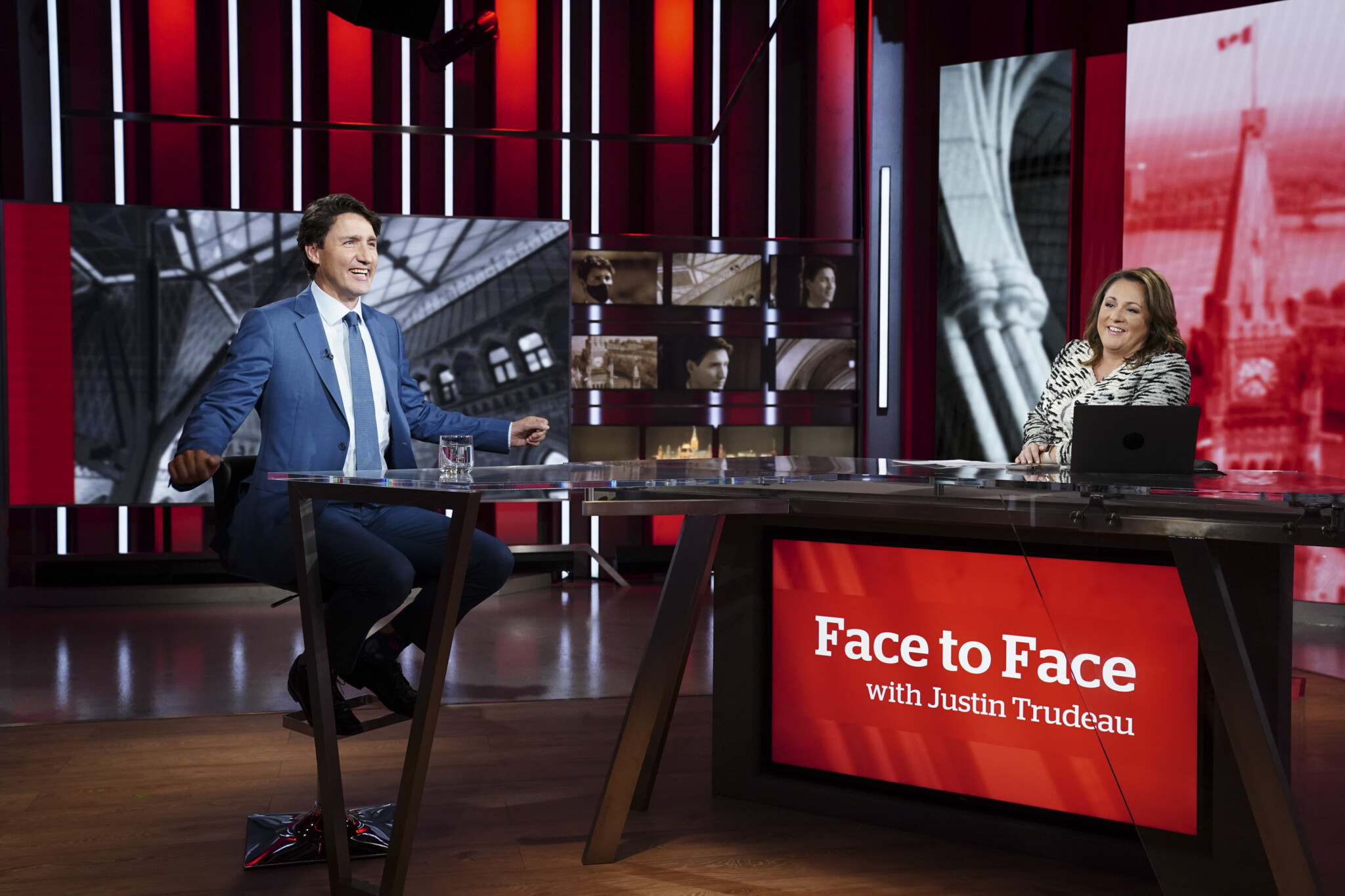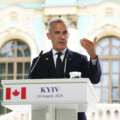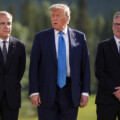This is also why stories from the regions are the exception, even when those stories are objectively more consequential than whatever is happening in southern Ontario. You may have noticed, for example, that government subsidies to save jobs in the auto sector get far more attention than government subversion of the oil and gas industry and the much larger consequent layoffs.
Media coverage of social issues is even worse. On the rare occasions that you hear an actual discussion of a contentious social issue, you can safely assume that you won’t hear a single surprising opinion. More often, based on the coverage, you wouldn’t know the issue is contested at all, much less that the approved view is the minority position nationally. Our media’s Overton window is barely an arrow slit.
Things are no better at our universities, which now operate as therapeutic retreats from reality for people who buy Rachel Maddow devotional candles and find the Globe and Mail a bit too right-wing. For all their talk of diversity, the ideological range in most social science departments runs the gamut from Marx to Engels.I simplify for effect. In fact, current views are likely to be third-generation offshoots of those original parents, but as with all inbred families, time has not improved the stock.
The sources of these biases have been debated extensively, likely because they are overdetermined. In the case of the media, the combination of aggressive credentialism (journalism schools) and the death of regional media have had an unhealthy centralising effect on who brings us the news and the news they bring.

Conservative Leader Pierre Poilievre speaks to reporters in the foyer of the House of Commons on Parliament Hill in Ottawa on Tuesday, Sept. 19, 2023. Sean Kilpatrick/The Canadian Press.
Most journalists today come from the metropolitan professional class or aspire to–and are quickly inculturated into–it. The old career path from the small-town daily or big-city crime beat to the national front page is all but gone. I’m sure those in the industry can point to other factors, but whatever they are, the result is undeniable.
At the universities, the source of the problem has been four generations in the making (recall Bill Buckley decried the atheistic liberalism of the Yale faculty in God and Man at Yale all the way back in 1951). The real wonder is that any small-c conservatives or orthodox religious faithful have survived the successive culls.
Because the nature and sources of bias are different in the two industries, the solutions are too. For the media, if a future government doesn’t end the Trudeau government’s taxpayer subsidies altogether, it can at least use them to serve a broader range of potential readers.
This could be done by directing subsidies to more local and less national news, more start-ups, and fewer legacy outlets. Or it could trade some or all of the subsidies for direct support from readers in the form of tax credits for subscriptions and donations to the outlets of their choice. Let the people decide who gets their money.
When it comes to universities, the main levers are in the hands of the provinces who pay most of the bills. They should use that influence to demand changes in hiring and teaching policy, defund the most antisocial departments, and fund new academic centres within universities whose mission, administration, and funding are insulated from the existing problems.
While they are at it, provinces should cut back on administrative bloat, which is one source of the problem. They could start by calculating the percentage of their budgets that colleges and universities spent on administration 25 years ago and cap future administrative spending at the same percentage.
The federal government’s leverage comes mostly through research grants and funded chairs for individual professors. The current government has conditioned this funding on universities meeting quotas for race, sex, and other favoured categories. A conservative government could add intellectual diversity to the buffet of mandatory preferences.
If 36 percent of the population votes Conservative, but only 7 percent of a university’s faculty does, then the university needs to step up its hiring of conservatives or face the same penalties it would face if any other representative measurement was so wildly out kilter with the public it is meant to serve.Of course voting is a poor proxy for political philosophy, but self-identification is a poor proxy for other favoured categories and universities are free to propose other measurements to show that they have satisfied the requirement of broad intellectual diversity. Then again, sometimes a problem is so bad that it needs to be tackled with a sledgehammer rather than a scalpel.
What about academic freedom, you say? Spare me. True freedom today is only available to academics who toe an approved ideological line. Universities and governments have placed their thumbs on the scales of hiring decisions and funding decisions for decades to create the current echo chamber. Redressing that imbalance is long overdue.
Bias in our national institutions is not inevitable. The current state of affairs was created over time and it can be corrected over time. I am not wedded to any of these particular solutions, but doing nothing is a choice—a choice conservative governments have made for too long. It’s no longer enough to point out the problem; it’s time they did something about it.









